

Thank you very much for visiting our website.
We appreciate your interest in our products and services.
Yasuda Sangyō is a chemical company that prides itself on the principles of respect, humility, and moderation.
We invite you to learn a little more about us.

Message from the President and CEO /

Yasuda Sangyō Co., Ltd began life in 1929 as a small company selling textile dyes. Looking back in history, we now know that this was the first year of the Great Depression in the United States, an event that soon brought about a global economic recession. In those tumultuous early days, my grandfather founded the company to serve the textile industry, but shortly thereafter, the Great War broke out. In the end, Japan was defeated and Osaka, the city where the company was established, suffered great destruction. Luckily, my grandfather and his workforce survived the war along with the shareholders who had supplied capital before the war and so the company was able to resume business and continued to serve customers.
Naphtha is made from crude oil. Against the backdrop of the birth of plastics made from naphtha, we began to focus on making plastics in those post-war years. But since the beginning, we had been selling dyes and so our unique angle was “coloring.”
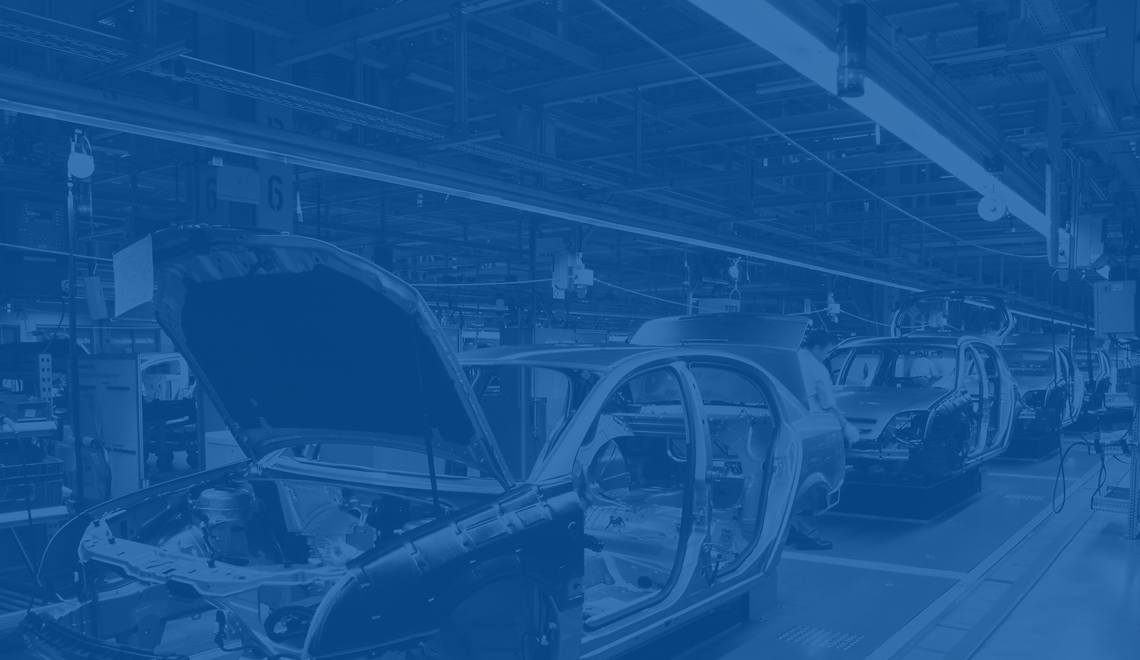
An entrepreneur who manages to establish his or her own company has to be full of energy – I’m pretty sure this is true of any company in any era – and it must have been quite a challenge, but we managed to set up a sales office in Nagoya in 1957 and then later in Tokyo in 1959.
And so we were able to make a network with many suppliers and customers who dealt with chemicals for textiles and plastics. This all happened during the rapid economic growth of the 50’s and 60’s. Later in the post-war economic boom, there was a string of big events including the Osaka World Expo and the Tokyo Olympics. I imagine this has to have been the peak of post-war Japan.
But it wasn’t all smooth sailing. In 1973 and again in 1979, the price of crude oil went up and the world once again found itself in economic turmoil – this was the so-called “Oil Shock.” Small and medium enterprises found themselves caught up in the economic downturn. I’ve heard that the operations of Yasuda Sangyō also suffered much at this time.
After that, we entered the 80’s and as a result of the Plaza Accord’s floating rate system and a very strong yen, Japan rushed into the frenzied Bubble Economy (note: the Plaza Accord essentially forced appreciation of the yen). This was a time when you could buy things anywhere in the United States for the same price as land within the Yamanote Line. (note: real estate within the Yamanote Line ring, is some of the most valuable land in Japan).
Correspondingly, this was the time when all Japanese business owners were buying up stocks and we also experienced unprecedented inflation of land value.
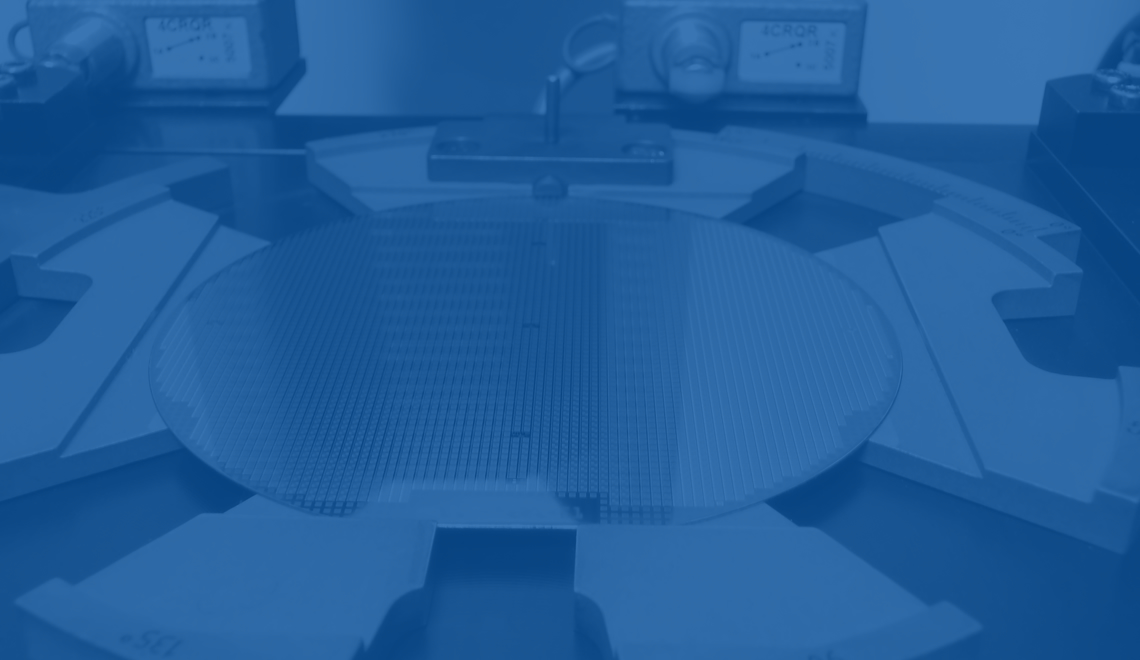
However, the management of Yasuda Sangyō at that time was not after quick profits and maintained a policy of tirelessly pushing forward with our core business. We rejected the management styles of the Bubble Economy. Hopefully serving as a model of humility, we knew our strengths and kept in mind out unfailing management style.
And then, when it was at its peak, the bubble suddenly burst in 1989 the bubble burst. Japan fell into a long recession. Stock prices and real estate plummeted to 1/4-1/5 of their peak values. Luckily, Yasuda Sangyō hadn’t adopted Bubble era management practices so we avoided the hardships of the economic downturn after the collapse relatively unscathed.
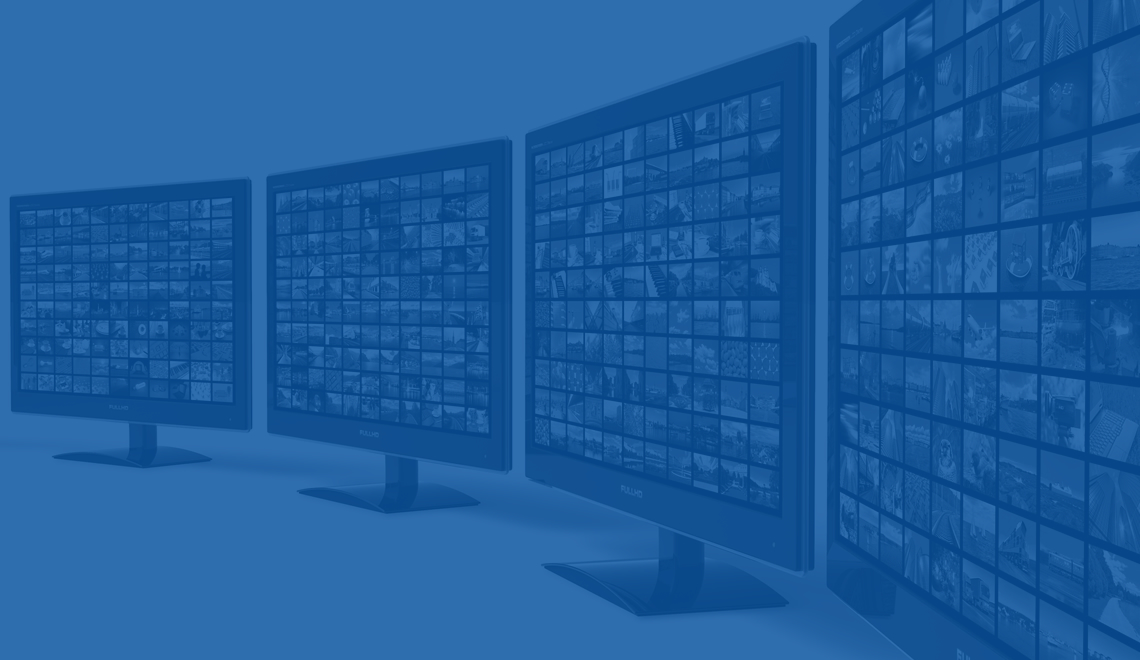
The late 1990’s saw the dawn of the LCD flat panel display and there was a drastic change in consumer demand for cathode-ray tubes in favor of new liquid crystal displays. In the seeming blink of an eye, “the age of the flat panel” had begun all over the world.
Also, we’re not talking only about large size screens like TV’s, because this was also the beginning of mobile computing, which includes mobile phones and car navigation systems.
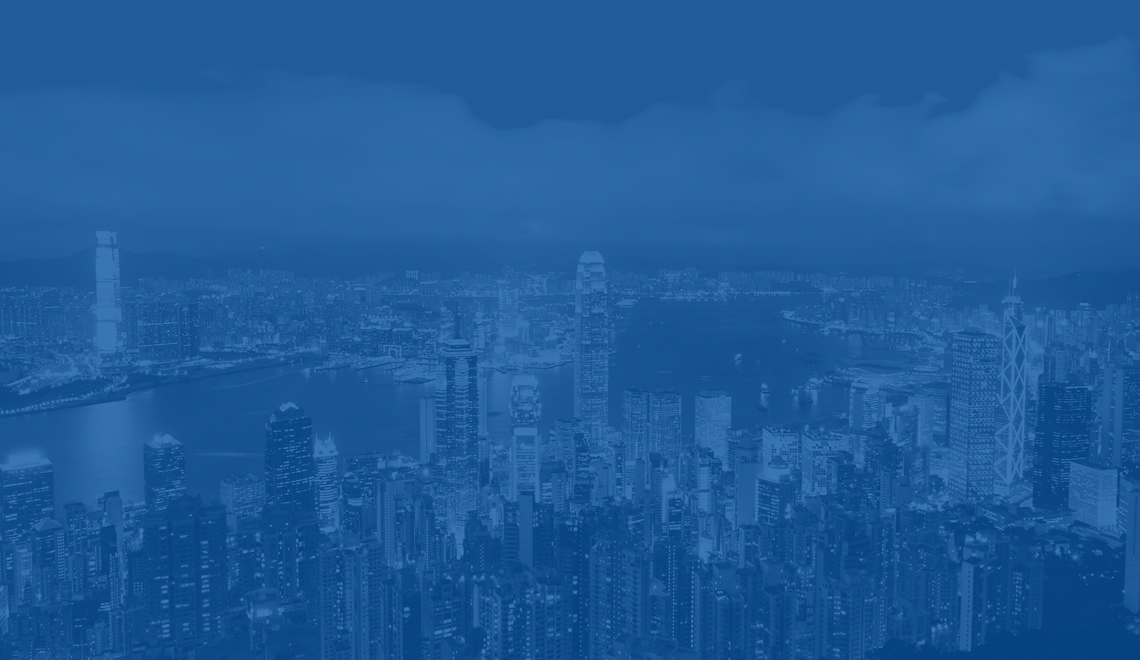
So, we can now look back and see that the technological evolution of liquid crystal displays at that time marked the dawn of the IT Revolution, and all around the world individuals were connecting to the internet – taking the first great steps towards a full-blown advanced information society.
Our business gradually began shifting over to East Asia and so in 2002, we opened our first overseas office in Shanghai, China.
Since those days, Shanghai has been an international city – a megacity, if you will – and is cosmopolitan but at that time there were more bicycles in the streets and buses and taxis had no air conditioning. It was also the focal point of many burgeoning enterprises as well as major companies from Japan.
Also, this was a time when information about China was pretty scarce. An overseas base of operation seemed to be an extremely difficult undertaking for a small to medium sized company such as ourselves.
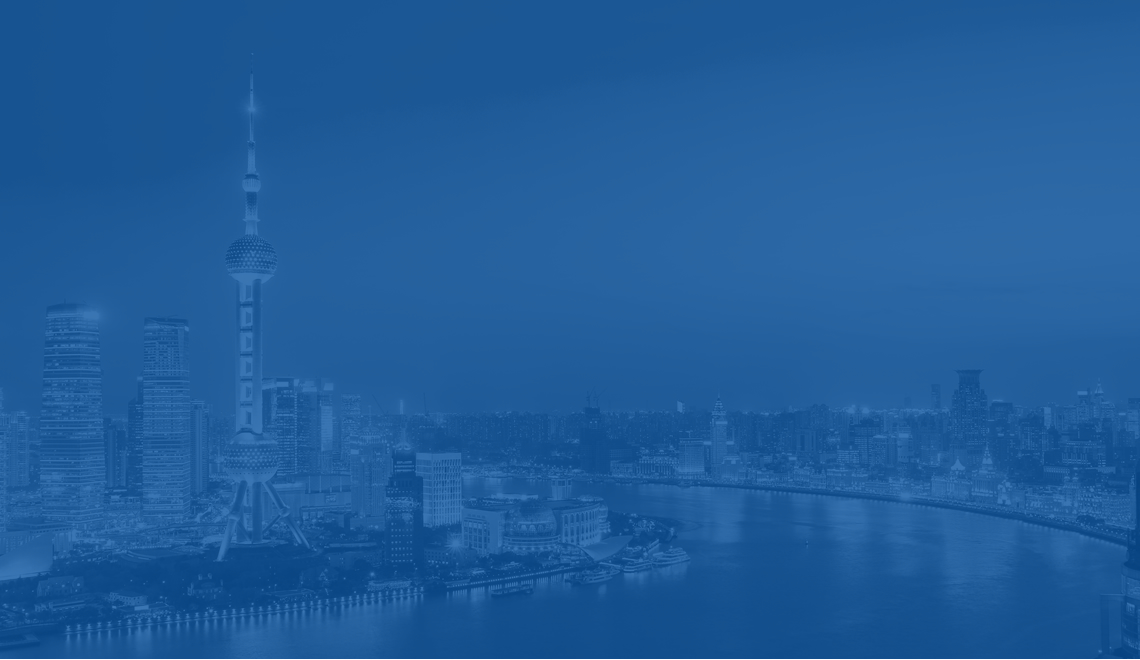
At any rate, we asked our customers and suppliers what they thought about us setting up a small sales office (befitting of our size) in Asia. It soon became plain to see that technologies related to Yasuda Sangyō’s business were useful in China. The executive staff voted unanimously to set up shop in Shanghai.
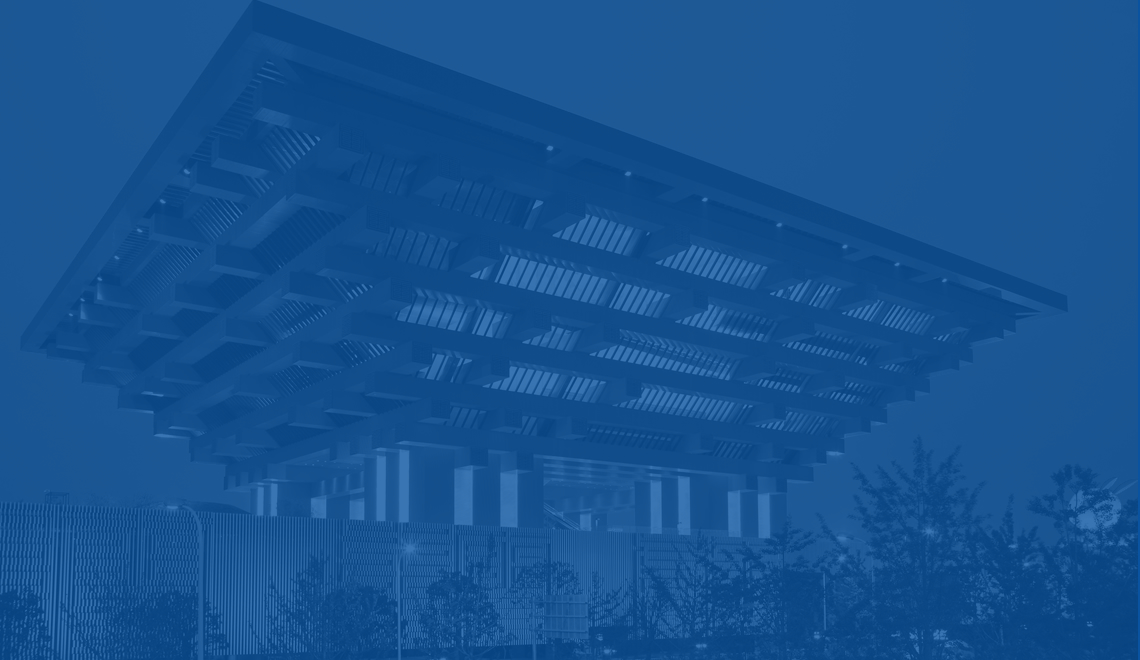
In 2004, a local subsidiary, Shanghai Yasuda Chemicals Co. Ltd., was established. We appointed a president who we knew would bring the same philosophy and way of thinking that I mentioned before – namely; diligence, frugality, respect, humility, and moderation.
Today this is just to be expected from us, but then we managed to earn the trust of our customers by focusing on logistics and accounting. This was our “key solution” of the time – being able to pull off everything without a hitch, be it customs bonds, taxation, or smooth distribution of hazardous materials, processing invoices, and accounting.
China hosted amazing international events such as the Beijing Olympics and the Shanghai World Expo and as a result caught the attention of the world. Based on our experiences in Shanghai, in 2009 we established a sales office and then a subsidiary in South China (Hong Kong and Shenzhen, to be exact), with a similar emphasis on localization and training the local workforce.

During that period, we found ourselves in the role of Japanese distributor of functional glass and functional chemicals to Chinese companies. And today we’re working closely with many businesses in China.
The use of materials made in China by Japanese companies used to be rare. But nowadays, the number of indispensable partner companies is increasing. By means of our partnerships, Chinese companies have been able to enter the supply chain of our Japanese customers. Likewise, with the development of the Chinese economy, Japanese companies have been able to occupy an important position in the supply chains of Chinese customers.

Now let’s turn our attention away from the sales department and toward the back office.
In 2001, the Yasuda Sangyō Group invested heavily in IT and we are continuing to do so. In particular, we’ve enhanced communication tools, operations tools, analytical tools and designed an automated administration system centered on logistics and the documentation in the general affairs department. The goal of this system is to be able to quickly assess and confirm – at any given time – present conditions at Yasuda Sangyō with the most accurate data.
I think managing a company is a lot like flying a plane. You have to make decisions by gauging a variety of cockpit instruments – not hunches or intuition. We’ve made it so that we can immediately see the correct numbers; so if the instruments go crazy, we can give the back office team the ol’ ”the plane is going down!” pep talk. We’ve also designed the system so that all of our staff members can see it, not only the management team.
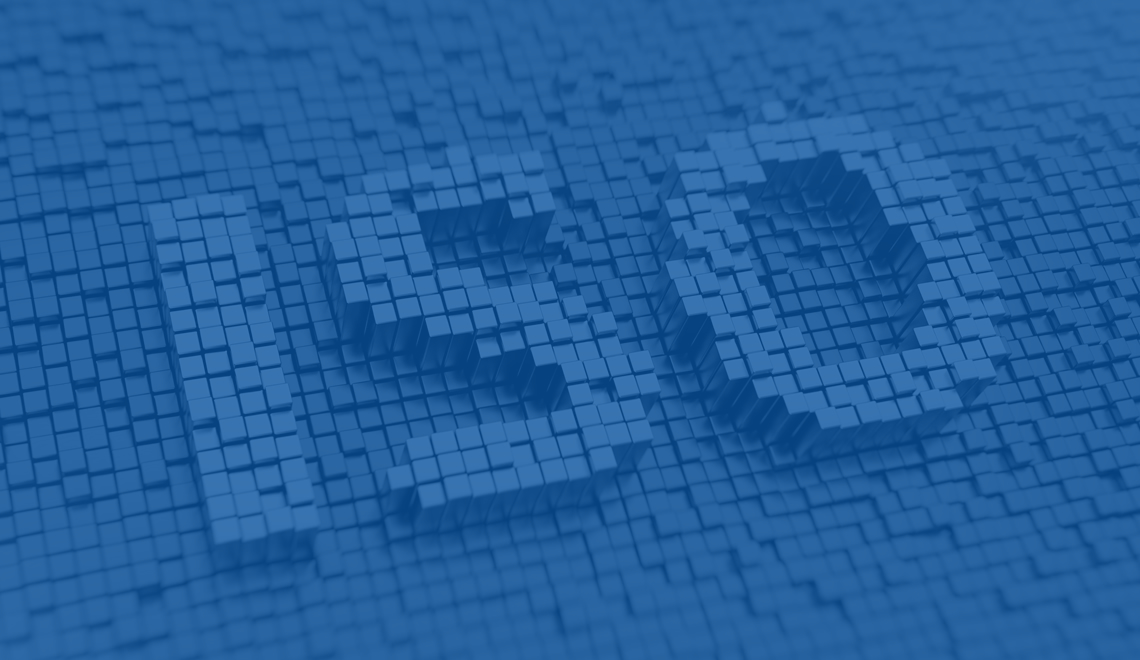
In addition to preserving our traditional core values and philosophy in the hearts of our present day employees, we’ve also introduced ISO standard. I’ve heard a lot of grumbling that ISO isn’t a good match for small to medium sized companies (for example, it has many seemingly random aspects, such as document management), but all the members of the ISO committee have worked very hard to make thing work for us.
It’s my opinion that ISO isn’t about building a winning organization; it’s about building an exceptional organization and exceptional management. We acquired approval of ISO14001 in 2007 and ISO27001 in 2012. While maintaining the standards of ISO14001, we are giving trainings of PDCA cycle, operated by the in-house committee for ISMS (Information Security Management System) now. I really believe that conducting PDCA together with our customers is best for the needs of modern industry.

Now, in the present decade we’ve increasingly been asked by our plastic chemical customers to expand into Southeast Asia, not just East Asia. For me, it was impossible to fight the urge to compete is the so-called “Asian Championship” of our industry, and so we decided to set up a local subsidiary in Bangkok, Thailand. Then, in 2013, we started a China Plus One business development in order to obtain and manage better cooperation with our suppliers and current customers (note: China Plus One is essentially an overall business strategy that favors making major expansions in China followed by expansion and development in another Southeast Asian country; literally China + another country).
This was our first business venture into Southeast Asia. As usual, it wasn’t all smooth sailing. As usual, there were frequent, consecutive failures. And as usual, we relied on the wisdom of our valued customers until we had a bit of a breakthrough – of course, all the while pushing on with our other day to day routines – exactly as we have since our founding in 1929.
I’m looking forward to continuing to contribute to the Southeast Asian business strategies of more future suppliers and customers. I also hope that our business in the region continues to contribute to the Thai economy in Southeast Asia.
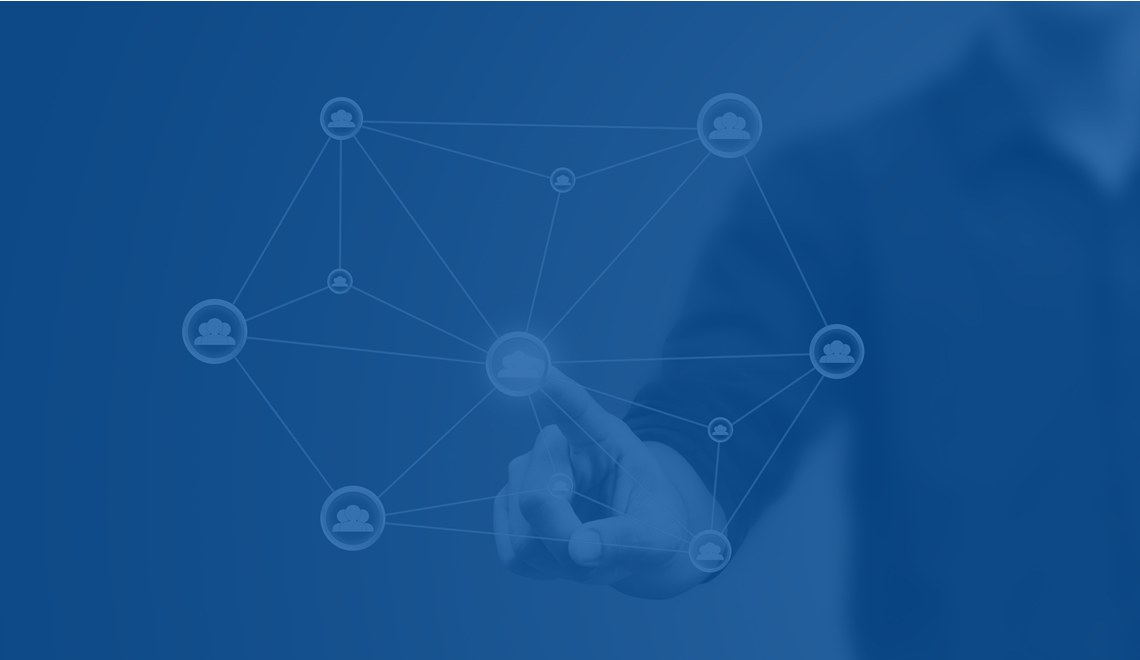
In just 86 years of history, there have been changes in the circumstances in which we’ve been conducting, one after the other. Just look at the last 5 years! We’ve seen the collapse of Lehman Brothers, rising political tensions between Japan and China, the Great East Japan Earthquake, power shortages, a “super-strong yen,” the development of social networking and media, the Central Bank scandal, abnormal weather on a global scale... and the list goes on.
It’s impossible to come up with solutions to all of these problems, but we as a company refuse to change and we understand that we wouldn’t be in our position in this industry without the generosity and loyal support of our customers.
You’ve probably heard this in a speech by a certain famous American entrepreneur: “You can’t connect the dots looking forward; you can only connect them looking backwards.” Businesses, and I presume people too, have no way of predicting a future where the dots are connected, it’s only by looking at the past that we can understand whether they are connected or not. I for one, believe they are connected.
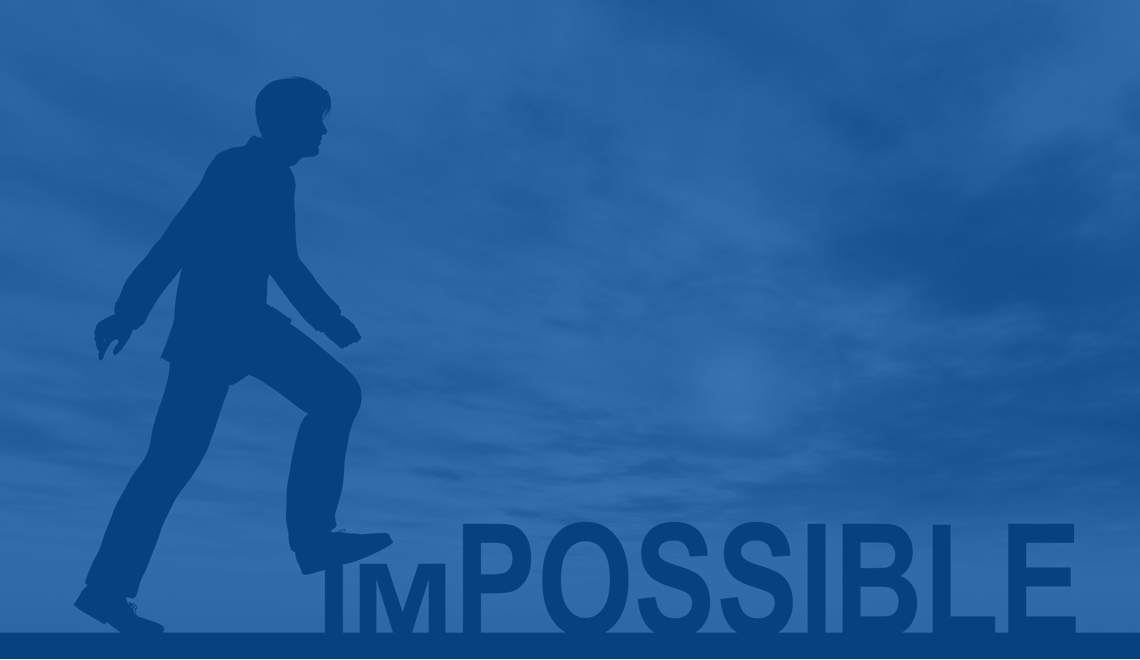
Therefore, we have pride and confidence in our activities and in our core beliefs of diligence, thrift, respect, humility, and moderation. I also think it’s important to create “new dots.” By dots, I don’t just mean people or new enterprises. Rather, I believe that if you work as hard as you can, there are endless possibilities – be it a large event, a small event, a memorable business trip, or just a dinner party. Something like that. And so, I believe that we really have to try and make “new dots,” not only at work, but also in our private lives as much as possible.
I’m sure all of us have had a time when we felt trapped and didn’t know what to do. But, after that, I’m also sure that you’ve had that moment when you thought to yourself “if it wasn’t for so and so, I wouldn’t have tried that!” or “Something she said got me out of it!” or “I finally figured everything out because of him!”
I often ask myself about this paradoxical phrase, “stability is change.” Do we refuse to change or do we adapt with society? Both are ideas our management has grappled with.
But what I’d really like to tell you now is that “the world is changing!” and “great new things are happening!” and “that guy over there is an interesting dude – you might as well talk to him!” and encourage you to train yourselves to get out and just talk to people. Make new connections. Make “new dots.”

So, all of us at the Yasuda Sangyō Group, can become new dots. We will continue making new dots, and we will never stop trying to seize our opportunities to be the greatest dots. To do that, I know that using your all your time, strength, and resources to the fullest is required. And that’s exactly why we’ve fostered a unique corporate culture that values studying hard, working hard, and playing hard.
OK, so there it is. That’s my personal message to you as we re-launch out website. I can’t thank you enough for reading all the way to the end.And as far as so-called “messages from the president and CEO” go, I’m pretty sure you’ve never seen one this long before. But that’s Yasuda Sangyō for you.
And so here we are at the end, but honestly, I’d like to you wish each and every one of you good health and great happiness from the bottom of my heart. The Yasuda Sangyō Group looks forward to continue serving you in you well into the future!
March , 2015
The Yasuda Sangyō Group CEO Daisuke Yasuda

